Water quality is a very important aspect of the fish keeping hobby, more so when we are keeping goldfish which are known to be messy eaters and huge wastes producers. So maintaining the good water quality in the tank is really a must if we want our goldfish to thrive, but wait… how do we even check for water quality?
Well, unless we are very experienced fish keepers who are able to gauge and predict the quality of water, we will need to rely on doing fish tank water test to tell us what’s going on.
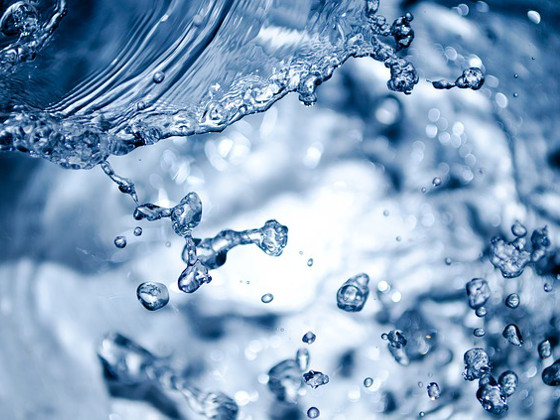
There are a few water parameters that constitute to our fish tank water quality. However, for beginners or lazy fish keepers like me, these are the 4 main water quality parameters that we should at least do fish tank water test for.
What are the 4 main water quality parameters?
1) Ammonia (NH3)
Ammonia is the first chemical compound produced in the Nitrogen Cycle. This compound is released from fish wastes, rotting food, decaying plants and dead fish tank inhabitants. It is measured in ppm (parts per million) which is the mass of the compound per unit volume of water.
Ammonia is very toxic. Even a little of it in the water can cause a lot of stress to the goldfish. The ideal concentration of it is of course 0 ppm.
We will normally see a spike of Ammonia under the following circumstances:
a) we have just set up a new tank and it is not fully cycled yet.
b) we have accidentally wiped off the colonies of beneficial nitrifying bacteria from our fish tank.
c) we have overfed our goldfish and left the excess food lying around in the tank.
d) we have added a lot of fish into the fish tank at the same time.
e) we have added or stirred up substrates that are meant for aquascaping.
f) we have not removed any dead inhabitants from the tank.
If Ammonia is increasing and there are fish in the same tank, it is recommended to do big water changes (i.e. around 25-50%) every 2 to 3 days to bring the concentration down.
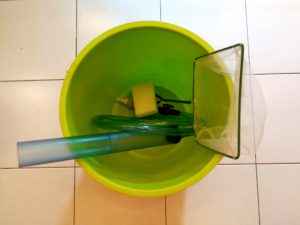
There are also some products such as Seachem Purigen that can assist in bringing it down.
2) Nitrite (NO2)
During the nitrification process, Ammonia is oxidized to Nitrite by the Nitrosomonas bacteria. Nitrite is also a toxic compound in our fish tank and like Ammonia, it is measured in ppm. Similar to Ammonia, even a little trace of it in our fish tank will cause a lot of stress to our goldfish. The ideal concentration of it is also 0 ppm.
When the fish tank water test result indicates the existence of Nitrite, this means that the Nitrosomonas bacteria colony is being established.
This colony will keep growing until it can handle the amount of Ammonia and continuously convert it to Nitrite. This is when we see a Nitrite spike in the fish tank water test result.
If Nitrite is increasing and impacting your goldfish, do water changes every 2 to 3 days until it goes down.
3) Nitrate (NO3)
Nitrate is the last chemical compound from the Nitrogen Cycle process. The beneficial nitrifying bacteria called Nitrobacter is the one that oxidized the toxic Nitrite to non-toxic Nitrate. If the fish tank water test shows that there is Nitrate, then it’s a good sign that Nitrobacter is establishing its colony.
Nitrate is also measured in ppm. It is not toxic in a small amount and is recommended to keep it under 50ppm.
Nitrate can be removed mainly by water change and aquatic plants do use it up as food as well, although very slowly.
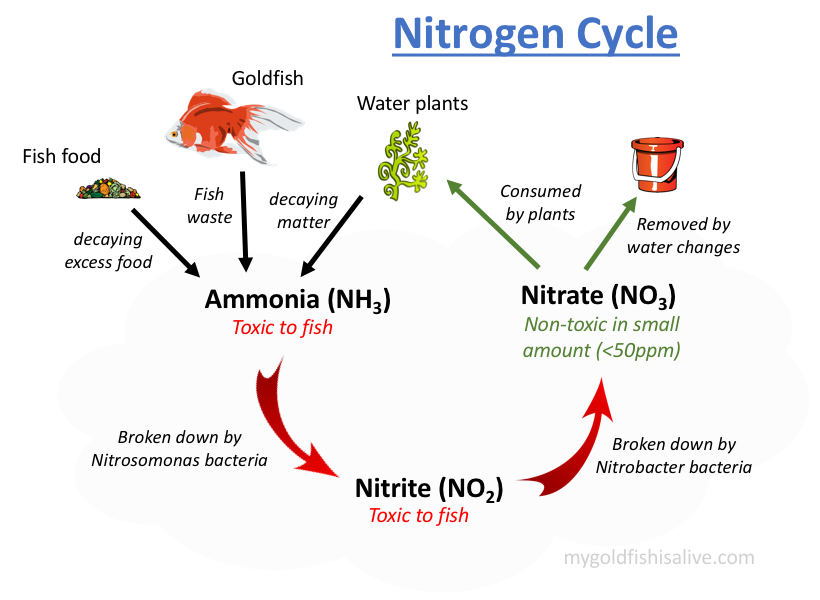
When the tank is cycling, doing the fish tank water test regularly will let us know on whether the cycle is already completed. It is completed when you see 0 ppm of Ammonia, 0 ppm of Nitrate and a lot of Nitrate.
4) pH
pH (Potential of Hydrogen) is a scale measurement on how acidic or alkaline a solution is. Although the usual scale is from 0 to 14, but acidity and alkalinity can go beyond this range. The scale of 7 means neutral, anything less means acidic and anything more means alkaline.
The further the scale from 7 means that the solution is more acidic or more alkaline. Example: Scale of 1 is much more acidic than a scale of 5. The scale of 14 is much more alkaline than a scale of 8.
Different species of fish have different pH requirements. Although the ideal pH for goldfish is slightly alkaline i.e. between the pH scale of 7 to 8, goldfish can be tolerant to pH variations.
If the water pH is too low, the following methods can be used to raise it:
a) Aerate the fish tank water to release carbon dioxide.
b) Do regular water changes.
c) Using substrates that can raise the pH such as crushed corals.
d) Adding a solution of water and baking soda (dosage: 1 teaspoon of baking soda for every 5 gallons) slowly into the tank.

If the water pH is too high, the following methods can be used to lower it:
a) Adding peat moss into the filter or as substrate.
b) Adding driftwoods into the tank.
c) Adding carbon dioxide to the tank.
What can we use to test these 4 main parameters?
There are so many off-the-shelf fish tank water test kits that are available to measure each of the parameters that constitute to water quality.
For Ammonia, Nitrite, Nitrate and pH; there are 2 common types of test kits i.e. the liquid ones and the test strips ones. For pH, there is a digital meter device available as well.
1) Liquid Test Kits
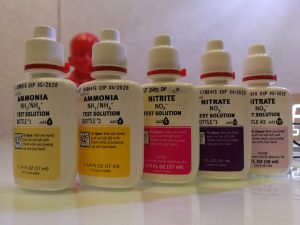
These fish tank water test kits come in liquid form. Generally below are the steps on how they are used, but do follow the instructions provided with the packaging:
Step 1: Take out some water from the fish tank and put it in the provided test tube or container. Make sure the amount of tank water is as per advised in the instructions.
Step 2: Shake the liquid test kit bottle thoroughly. Then put the number of drops (as per instructions) of the test kit into the test tube or container that contains the tank water. Give the mixture a good shake. (Note: some tests require drops from more than 1 bottle of the test kit).
Step 3: Leave it for a while and the color of the mixture will change. Compare the color of the mixture with the provided color chart. This should let you know the test result for that particular water parameter.
2) Test Strips
These fish tank water test kits come in strips with a small pad that changes color when in contact with the tank water. Some come with multiple pads on a single strip for multiple water parameters test.
This is simpler to use. Just take a strip, soak it in the tank water, take it out and compare the color of the pad/pads with the provided color chart.
3) Digital pH Meter
This is a battery operated digital device used to measure the pH of the tank water. Dip the tip of this device into the tank water, press a button and voila! the pH reading is displayed on the screen.
Summary
Fish tank water test is very important because it let us know the condition of the environment that our goldfish are living in, so that we can take necessary actions to correct the situation if there is a problem.
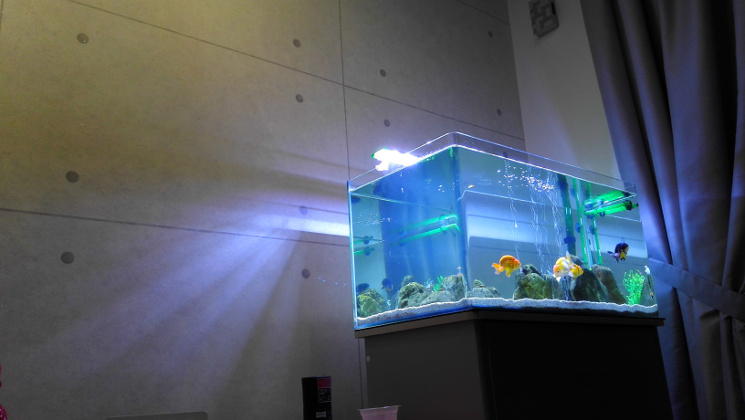
There are many parameters that constitute to water quality, and Ammonia, Nitrate, Nitrite and pH are just the 4 main ones that we should at least test for regularly.
So, how often do you do your fish tank water test? What water parameters do you test for? Please leave your comments in the section below.

A very informative and interesting piece. Goldfish provide many people hours of joy and most of us have had a goldfish as our first fish and therefore, have a special place in our hearts.
This article will certainly help us understand why the water gets dirty and that the tank needs regular cleaning and maintenance.
Hi Bryan,
Thanks for the comment. Yeah all fish tanks need good water quality for their inhabitants to thrive. So as fish keepers, it is crucial for us to regularly test the water to ensure that the water quality is still good. If not, we need to take quick actions to solve the problem.
Does water test apply to pond for keeping turtles? This is a large indoor pond 12ft long and 6ft width and 2 ft deep with cascading water flowing from a 10 ft high recycling water container. I clean the pond by draining out the water completely every 6 months.
Hi Jamin,
Wow you have a pond. How nice! I am not very familiar with turtles care but I think all aquatic creatures will be affected by the water condition. So I think it is still best to do water test to check.
It sounds like there is many things to take into account when having a gold fish. We used to have a gold fish like 20 years ago and had no idea about these things. And actually our fish did not live for very long, unfortunately. I see now that there is much more than adding water and some plants to the tank and then let the fish in. Thanks for sharing this:)
Thanks, Kerlund for your comments. Glad that my posts are of help.